Located in a unique 18th century manor house, the better than average collection of this branch of the Tarnów Regional Museum highlights local ethnographic traditions, including a large celebration of Roma (Gypsy) culture, which is allegedly the only such exhibit in Europe. The truly fascinating exhibition traces Roma culture in Poland and across the world, from its beginnings in the 15th century to its tragic fate at the hands of the Nazis and beyond, with some excellent maps, models, costumes and photographs over three rooms. With about 350 Roma living in the Tarnów area, their culture is still very much alive locally. In the museum’s back garden you'll find several traditionally painted gypsy caravans on display year-round. The museum is also home to occasional temporary exhibits.
Ethnographic Museum
Amenities
No Credit cards


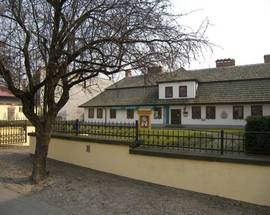
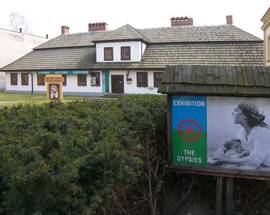


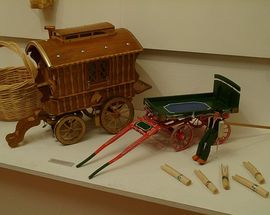

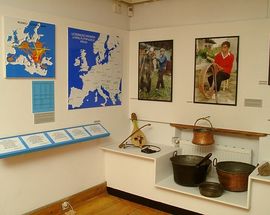
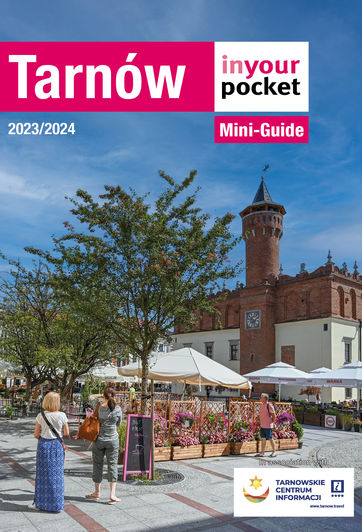


Comments
Anne Tischlinger
Unfortunately we were only in Tarnow for a lunch break while travelling to places which used to be part of the Austrian Empire. We didn't come across the Ethnographic Museum in that short time but did discover the beautiful wall of a building (near the Renaissance-flavoured main square (Rynek)) where the Jewish community of Tarnow was commemorated. Interestingly we read on a new-looking plaque that 2000 Jews from the Madritsch clothing factory in Tarnow had been transferred to the concentration camp at Plaszow Krakau at the end of August 1943 when the ghetto in Tarnow was liquidated by the Gestapo. Julius Madritsch and Raimund Tietsch from Vienna were finally able to save some of their lives and are commemorated at Yad Vashem in Israel. It's a pity that few people in Austria are aware of this.